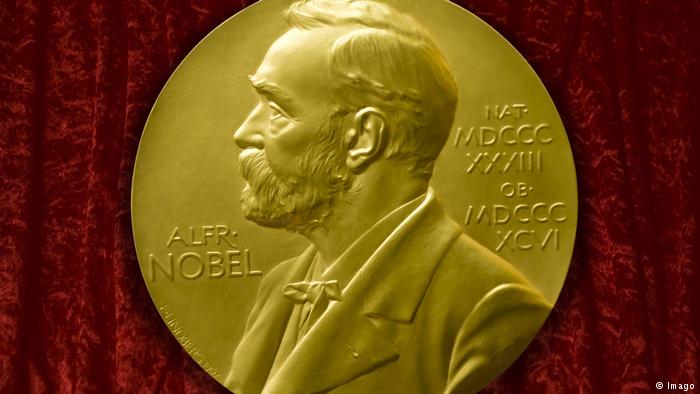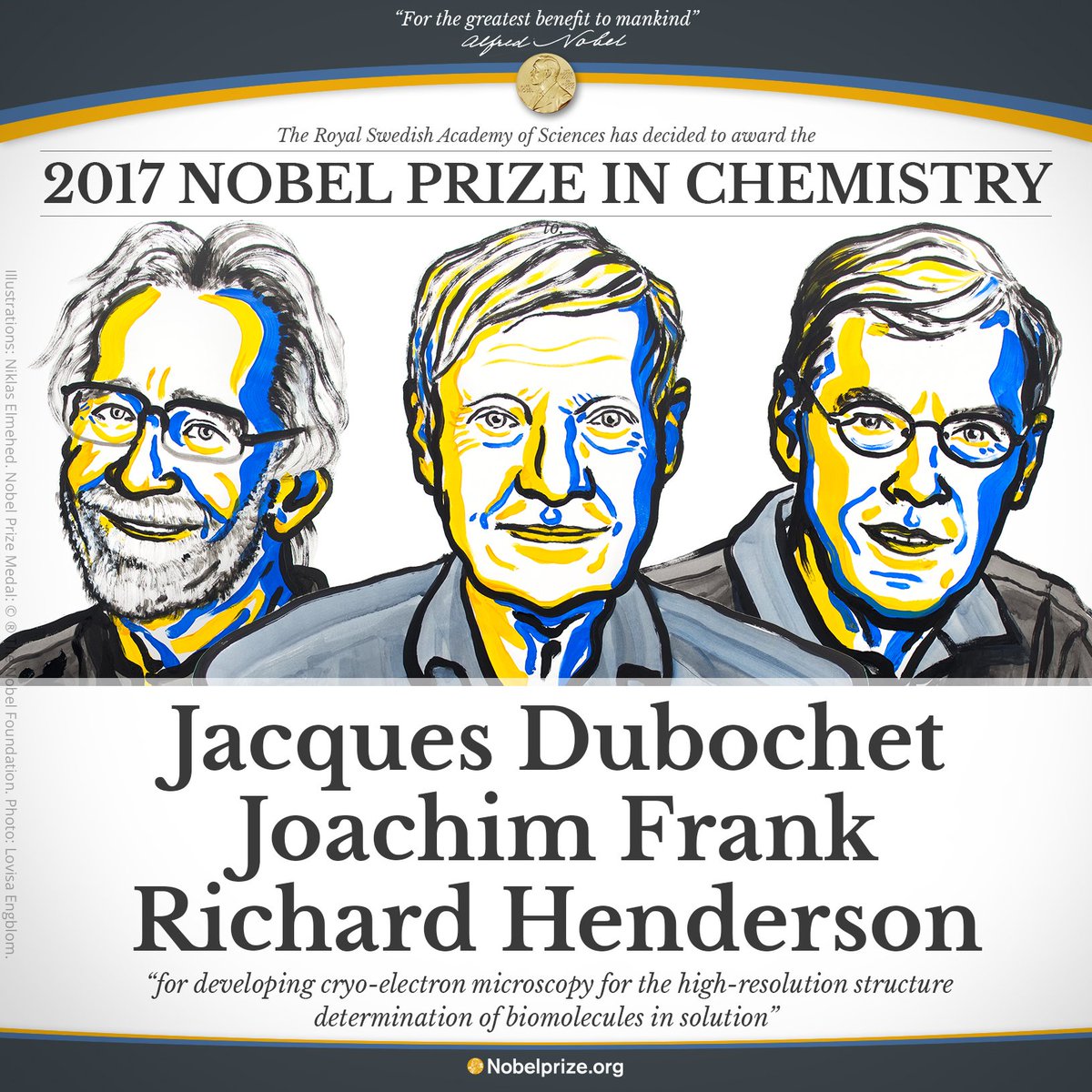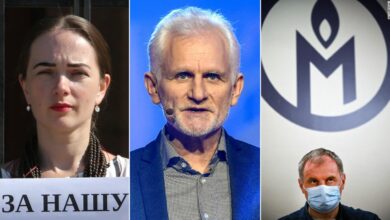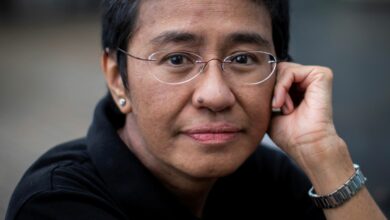
The Nobel Prize in Chemistry was won by three researchers for the development of cryo-electron microscopy – a method of simplifying and improving the imaging of biomolecules.
The Royal Swedish Academy of Sciences announced the winners, Jacques Dubochet from Switzerland, German-born Joachim Frank and Brit Richard Henderson, as winners of the 2017 Nobel Prize in Chemistry.
Cryo-electron microscopy, the Academy explained is “a cool method for imaging the molecules of life.”
“This method has moved biochemistry into a new era,” the Academy added.
“Researchers can now freeze biomolecules mid-movement and visualize processes they have never previously seen, which is decisive for both the basic understanding of life’s chemistry and for the development of pharmaceuticals.”
The prize, established by the Swedish inventor of dynamite, Alfred Nobel, in 1895, is worth 9 million kronor (€938,949, $1.1 million).
In 2016, the prize was shared between three researchers — Jean-Pierre Sauvage, Sir J. Fraser Stoddart and Bernard L. Feringa “for the design and synthesis of molecular machines.”
On Monday, the Nobel Prize for Medicine was awarded to American trio Jeffrey C. Hall, Michael Rosbash and Michael W. Young for their work on circadian rhythms, often referred to as our body clocks.
The Nobel Prize in Physics was awarded Tuesday to three US astrophysicists for their contributions to the first detections of gravitational waves.
Goran K. Hansson, head of the academy said the work by Rainer Weiss, Barry Barish, and Kip Thorne “shook the world.”
Albert Einstein predicted the existence of gravitational waves more than a century ago.
Thursday sees the announcement of the winner(s) of the literature prize, and the much-awaited peace prize winner(s) will be announced on Friday.






